Vitaly Ginzburg
The Soviet physicist who worked on the H-bomb
Vitaly Ginzburg
1916–2009
Vitaly Ginzburg, who helped develop the Soviet hydrogen bomb, was later a survivor of Stalin’s pogrom against Jewish intellectuals in the 1950s. In 2003, he shared the Nobel Prize for his work on superconductivity.
The Week
Escape your echo chamber. Get the facts behind the news, plus analysis from multiple perspectives.

Sign up for The Week's Free Newsletters
From our morning news briefing to a weekly Good News Newsletter, get the best of The Week delivered directly to your inbox.
From our morning news briefing to a weekly Good News Newsletter, get the best of The Week delivered directly to your inbox.
Born in Moscow in the waning days of czarist Russia, Ginzburg earned two doctorates in physics from Moscow University, in 1940 and 1942, said The Washington Post. He also joined the Communist Party, a decision he later “seemed to regret.” In 1948, he and other physicists at the Lebedev Physical Institute in Moscow raced to develop a hydrogen bomb before the U.S. “The team had little idea how to proceed.” Andrei Sakharov proposed using layers of uranium as fuel, while Ginzburg suggested lithium-6. Their combined efforts eventually succeeded in creating the H-bomb.
In the 1950s Stalin “initiated a wave of anti-Semitism and hostility toward intellectuals,” said The New York Times. Ginzburg was removed from the H-bomb project and accused of being an anti-communist. Adding to his difficulties was his marriage to a woman wrongly accused of involvement in a plot to assassinate the Russian leader. Only his prestige as a scientist, Ginzburg believed, saved him from the firing squad. Soon after Stalin died, the Russians detonated an H-bomb, and Ginzburg was ultimately elected a member of the Russian Academy of Sciences.
Ginzburg eventually turned his attention to the rapidly emerging field of superconductivity, said the Los Angeles Times. Earlier research had yielded few practical results “because even weak magnetic fields interfered with a material’s ability to conduct electricity.” But Ginzburg and another physicist created a series of equations that paved the way for the use of superconductors in such fields as medical imaging. A confirmed atheist, he also became an outspoken opponent of anti-Semitism, a supporter of the state of Israel, and a leading critic of the Kremlin’s growing relationship with the Russian Orthodox Church.
“I am convinced that the bright future of mankind is connected with the progress of science,” he wrote, “and I believe it is inevitable that one day religions will drop in status to no higher than that of astrology.”
A free daily email with the biggest news stories of the day – and the best features from TheWeek.com
-
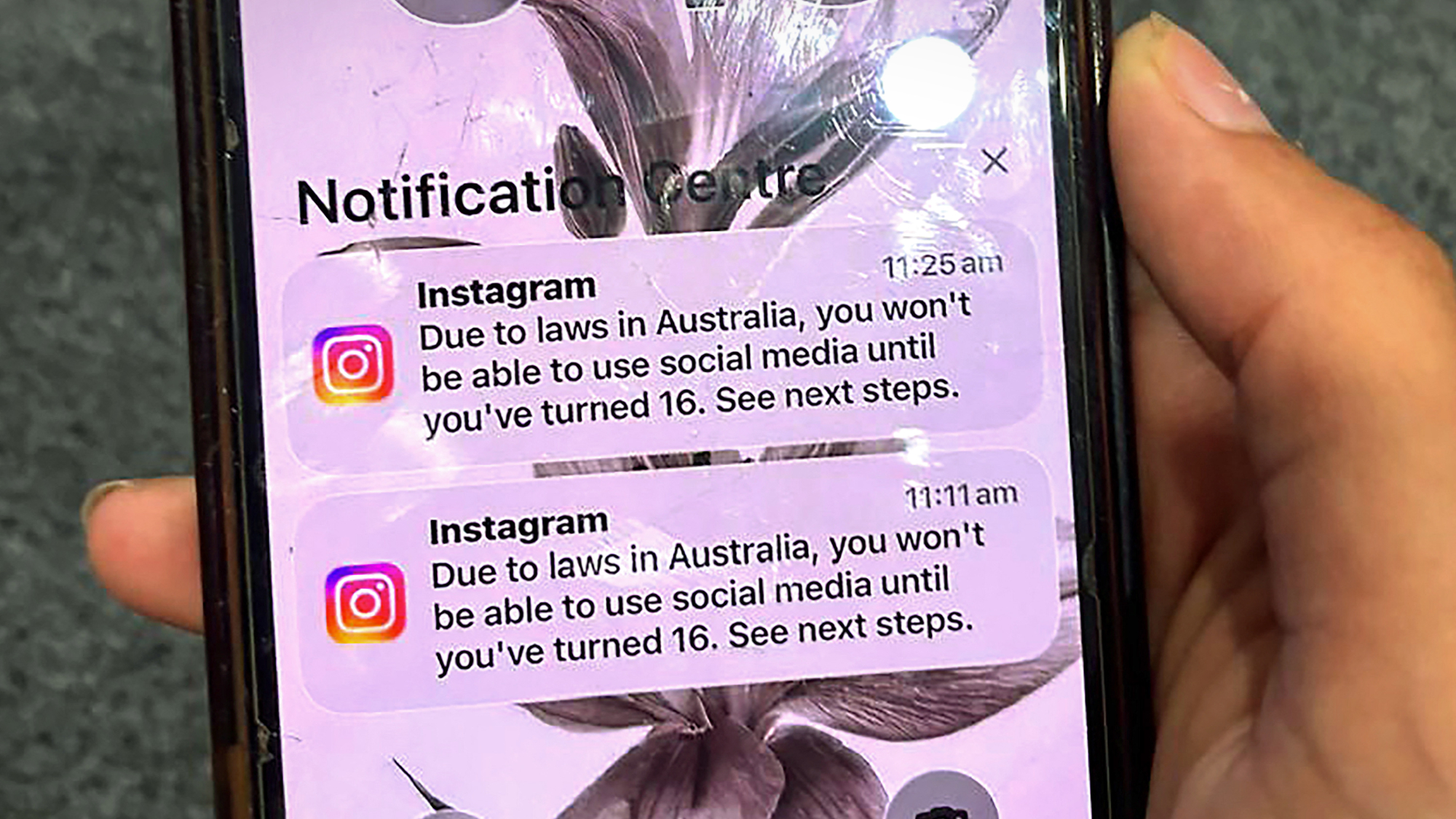 Australia’s teen social media ban takes effect
Australia’s teen social media ban takes effectSpeed Read Kids under age 16 are now barred from platforms including YouTube, TikTok, Instagram, Facebook, Snapchat and Reddit
-
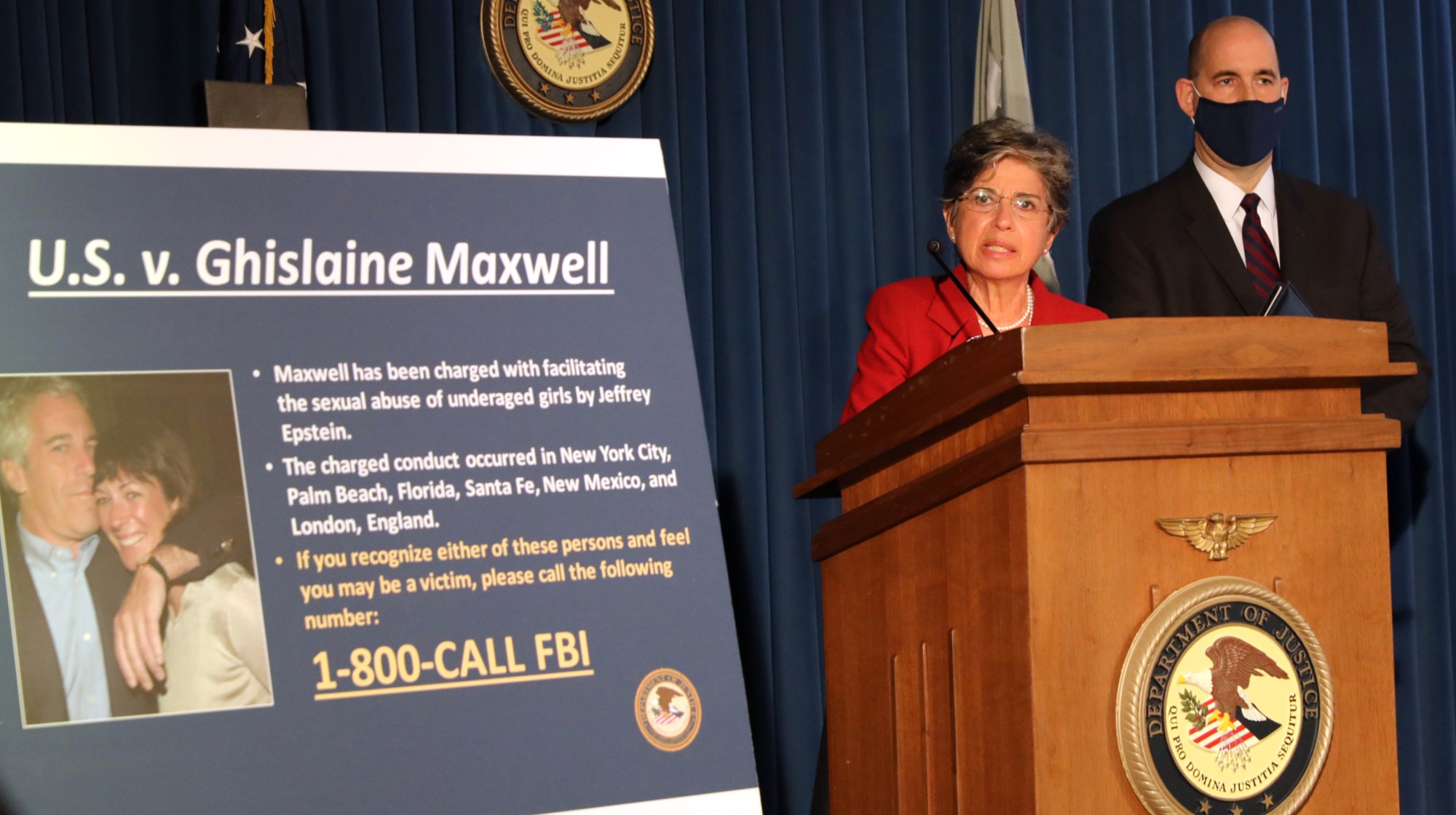 Judge orders release of Ghislaine Maxwell records
Judge orders release of Ghislaine Maxwell recordsSpeed Read The grand jury records from the 2019 prosecution of convicted sex offender Jeffrey Epstein will be made public
-
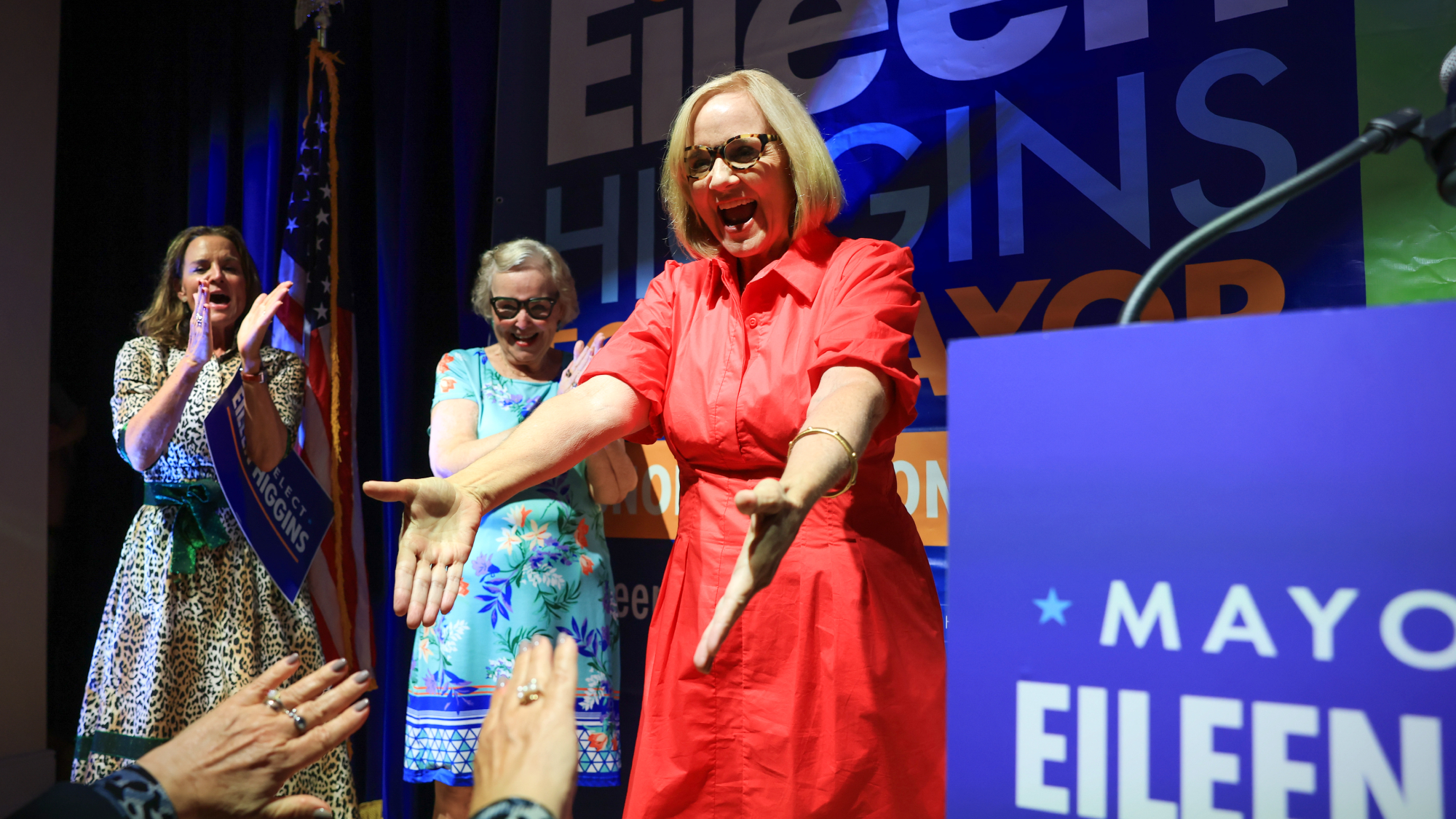 Miami elects first Democratic mayor in 28 years
Miami elects first Democratic mayor in 28 yearsSpeed Read Eileen Higgins, Miami’s first woman mayor, focused on affordability and Trump’s immigration crackdown in her campaign
-
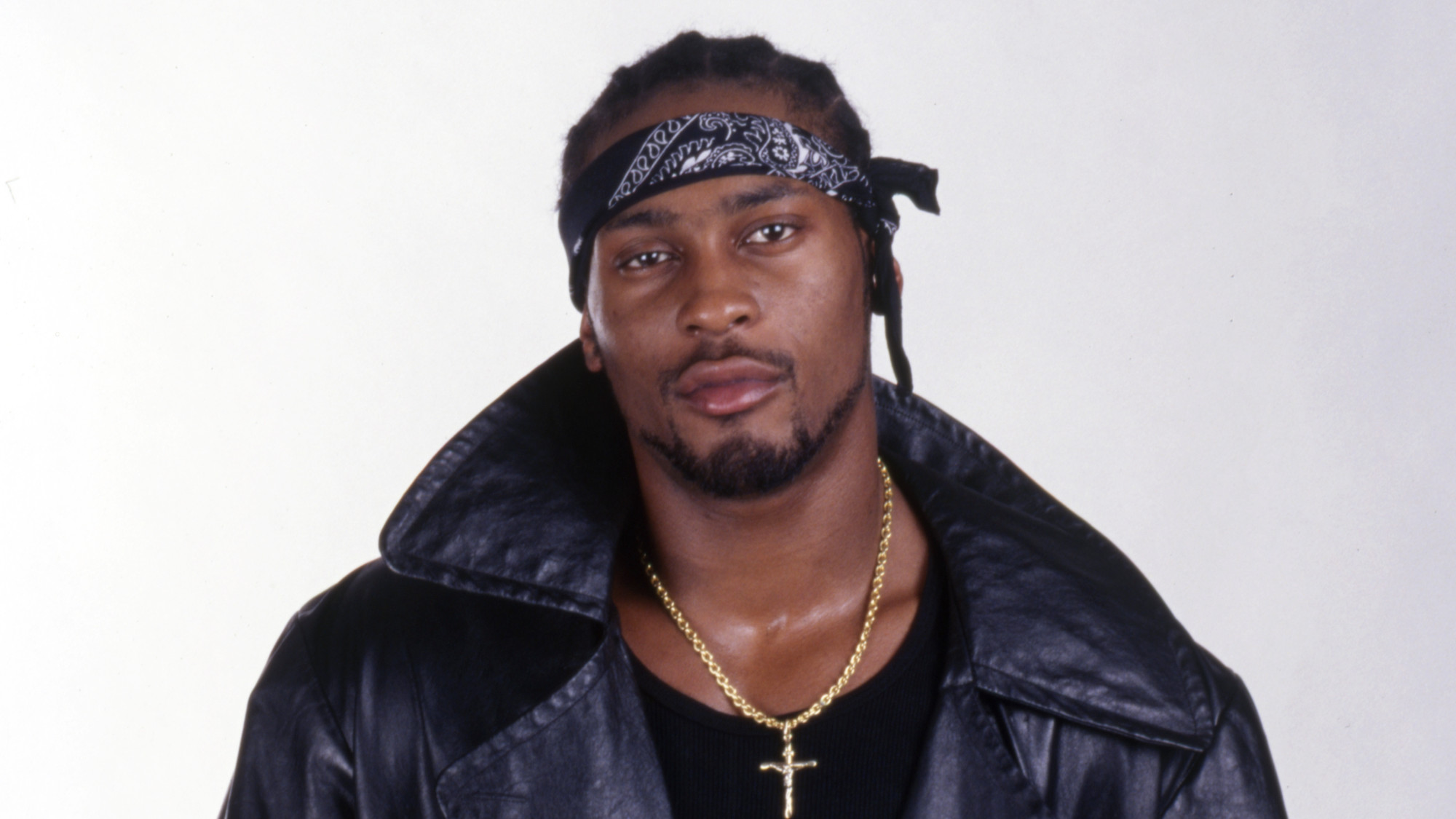 R&B singer D’Angelo
R&B singer D’AngeloFeature A reclusive visionary who transformed the genre
-
 Kiss guitarist Ace Frehley
Kiss guitarist Ace FrehleyFeature The rocker who shot fireworks from his guitar
-
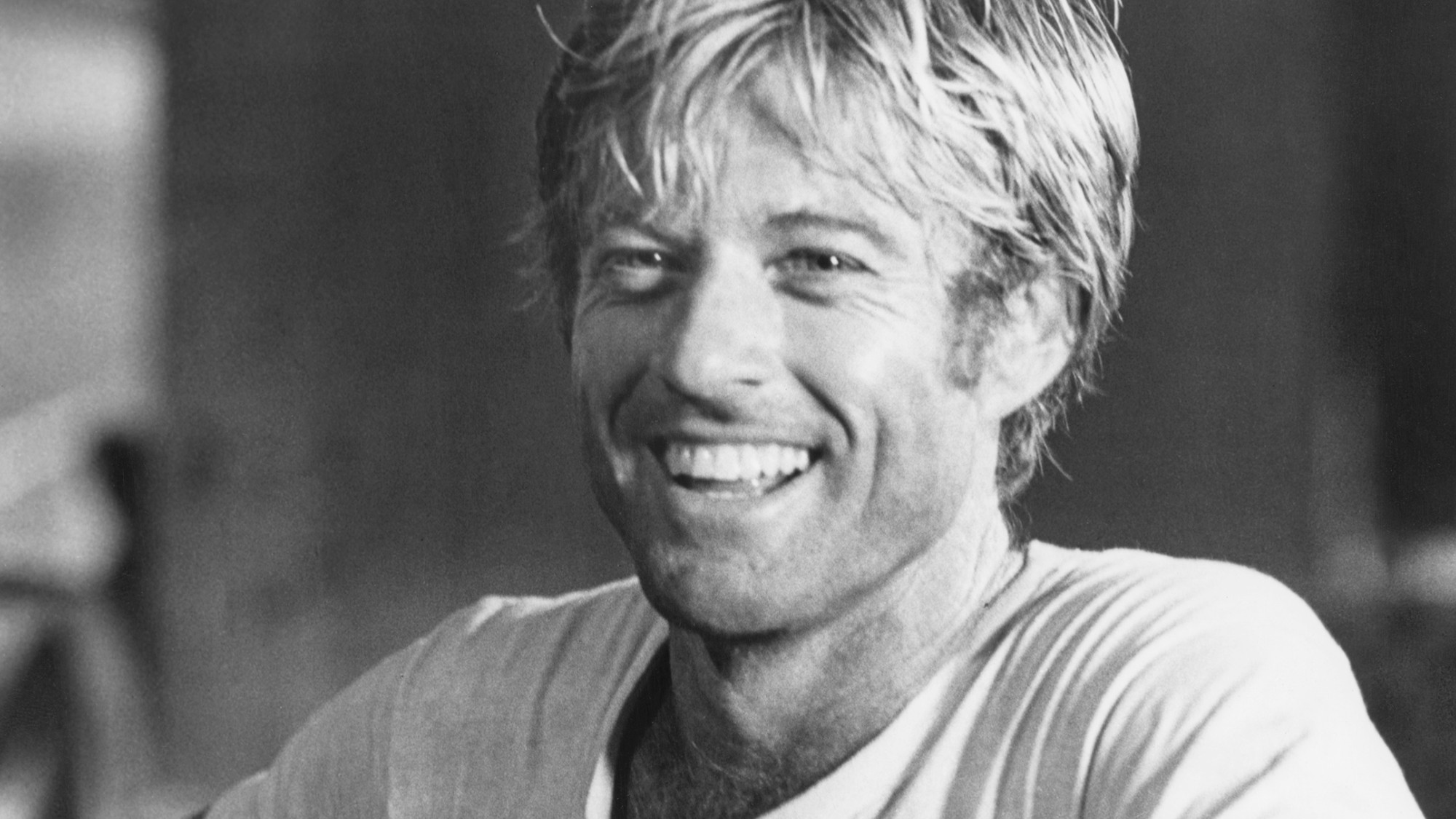 Robert Redford: the Hollywood icon who founded the Sundance Film Festival
Robert Redford: the Hollywood icon who founded the Sundance Film FestivalFeature Redford’s most lasting influence may have been as the man who ‘invigorated American independent cinema’ through Sundance
-
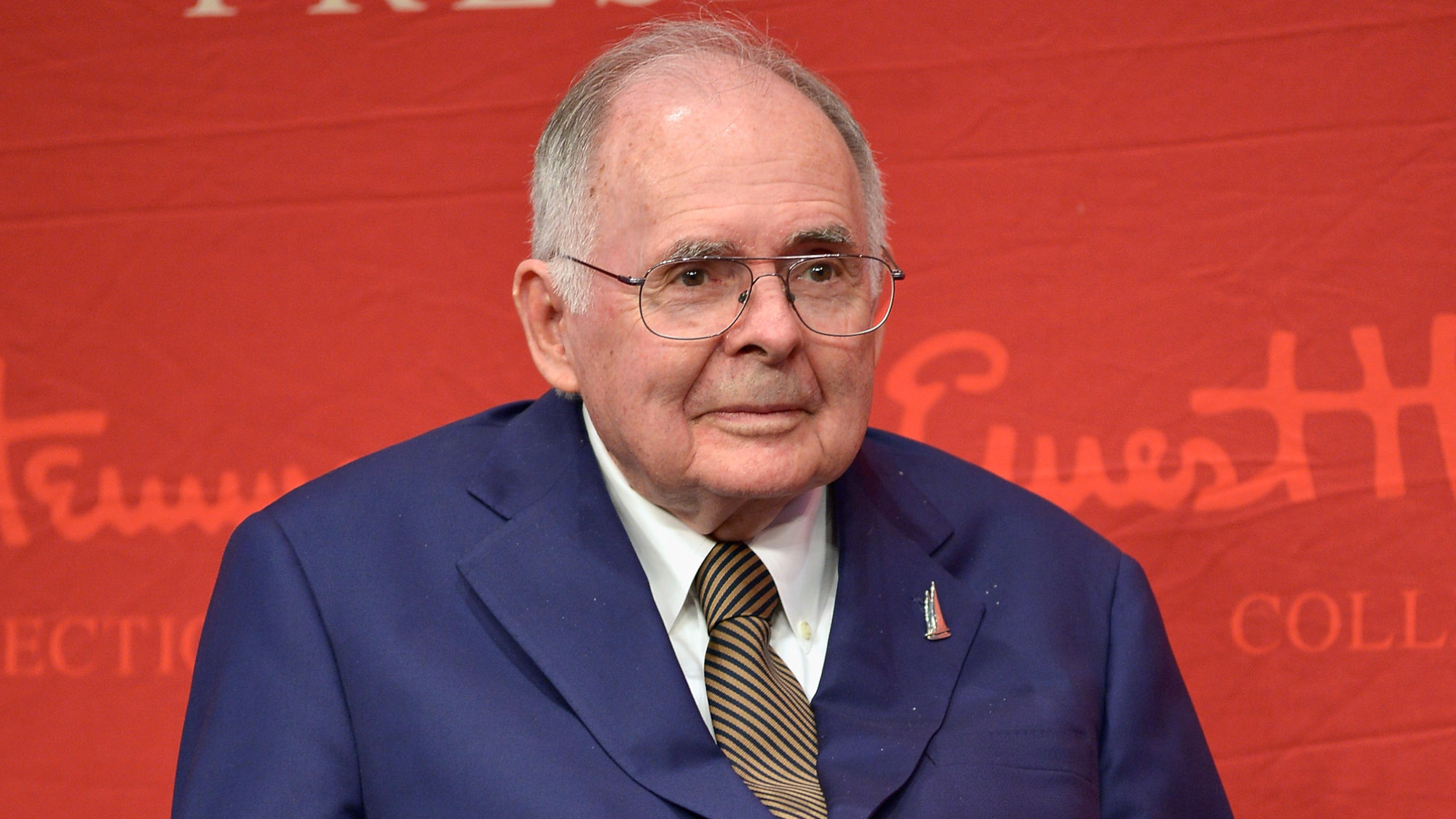 Patrick Hemingway: The Hemingway son who tended to his father’s legacy
Patrick Hemingway: The Hemingway son who tended to his father’s legacyFeature He was comfortable in the shadow of his famous father, Ernest Hemingway
-
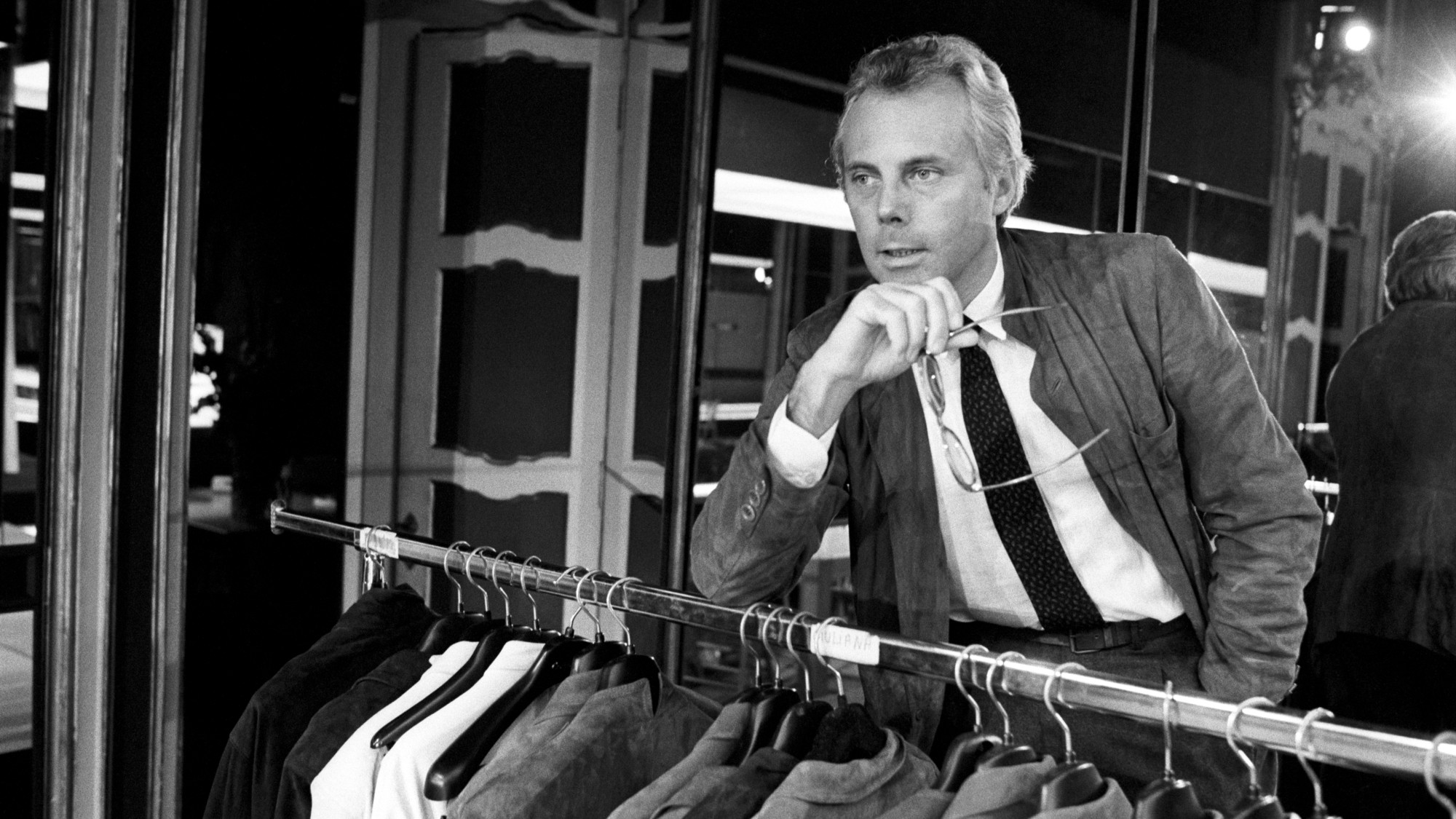 Giorgio Armani obituary: designer revolutionised the business of fashion
Giorgio Armani obituary: designer revolutionised the business of fashionIn the Spotlight ‘King Giorgio’ came from humble beginnings to become a titan of the fashion industry and redefine 20th-century clothing
-
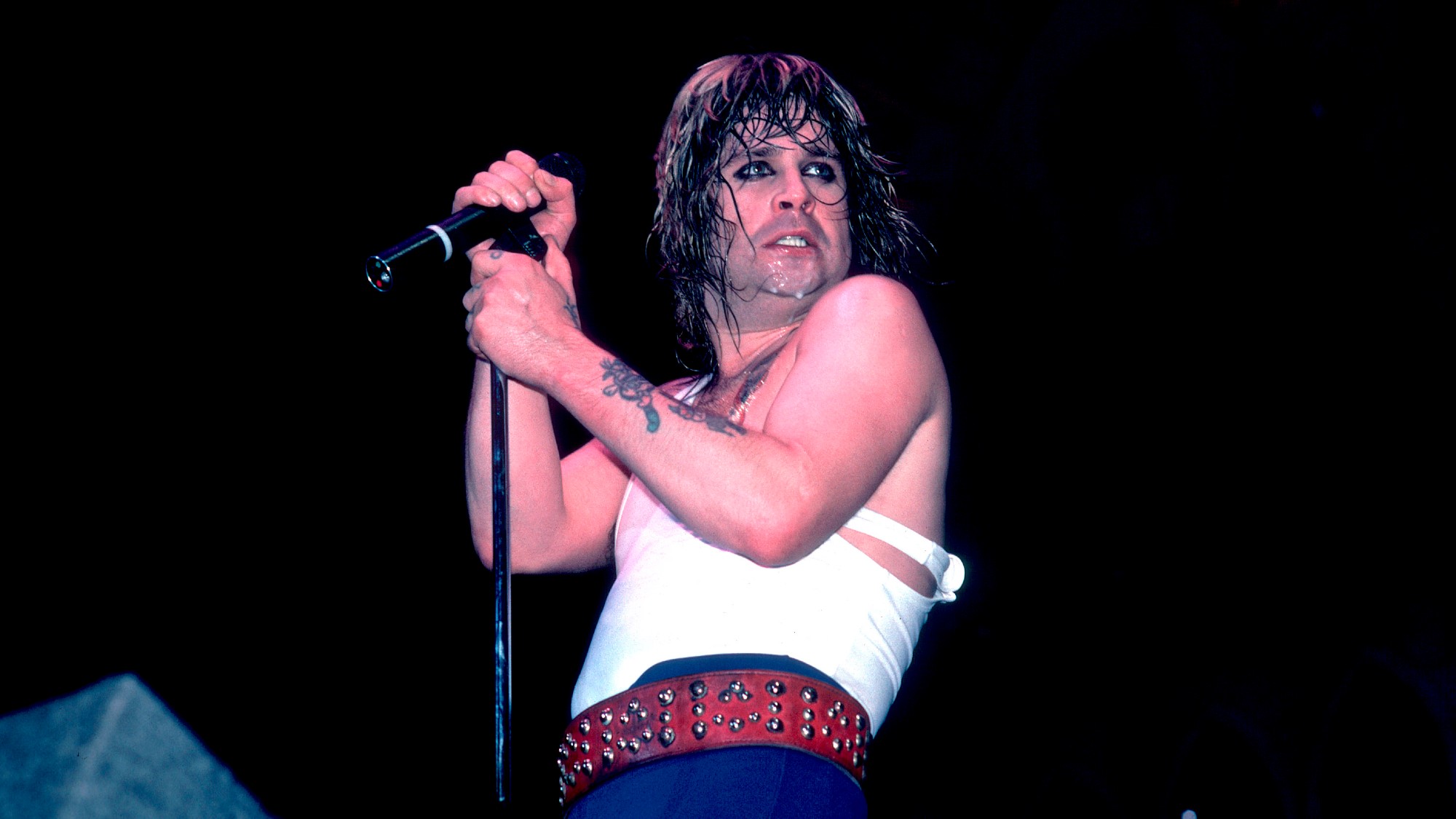 Ozzy Osbourne obituary: heavy metal wildman and lovable reality TV dad
Ozzy Osbourne obituary: heavy metal wildman and lovable reality TV dadIn the Spotlight For Osbourne, metal was 'not the music of hell but rather the music of Earth, not a fantasy but a survival guide'
-
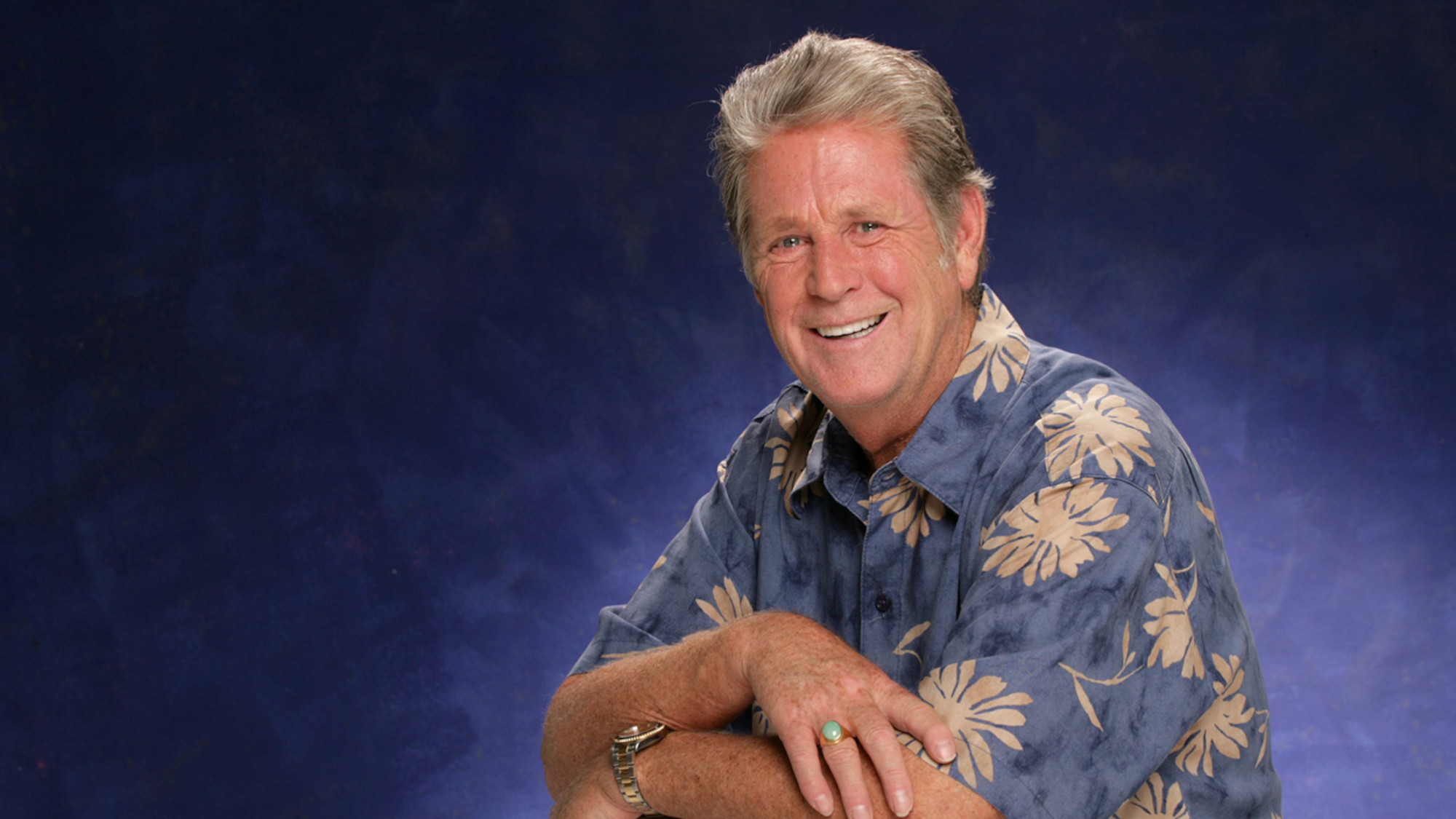 Brian Wilson: the troubled genius who powered the Beach Boys
Brian Wilson: the troubled genius who powered the Beach BoysFeature The musical giant passed away at 82
-
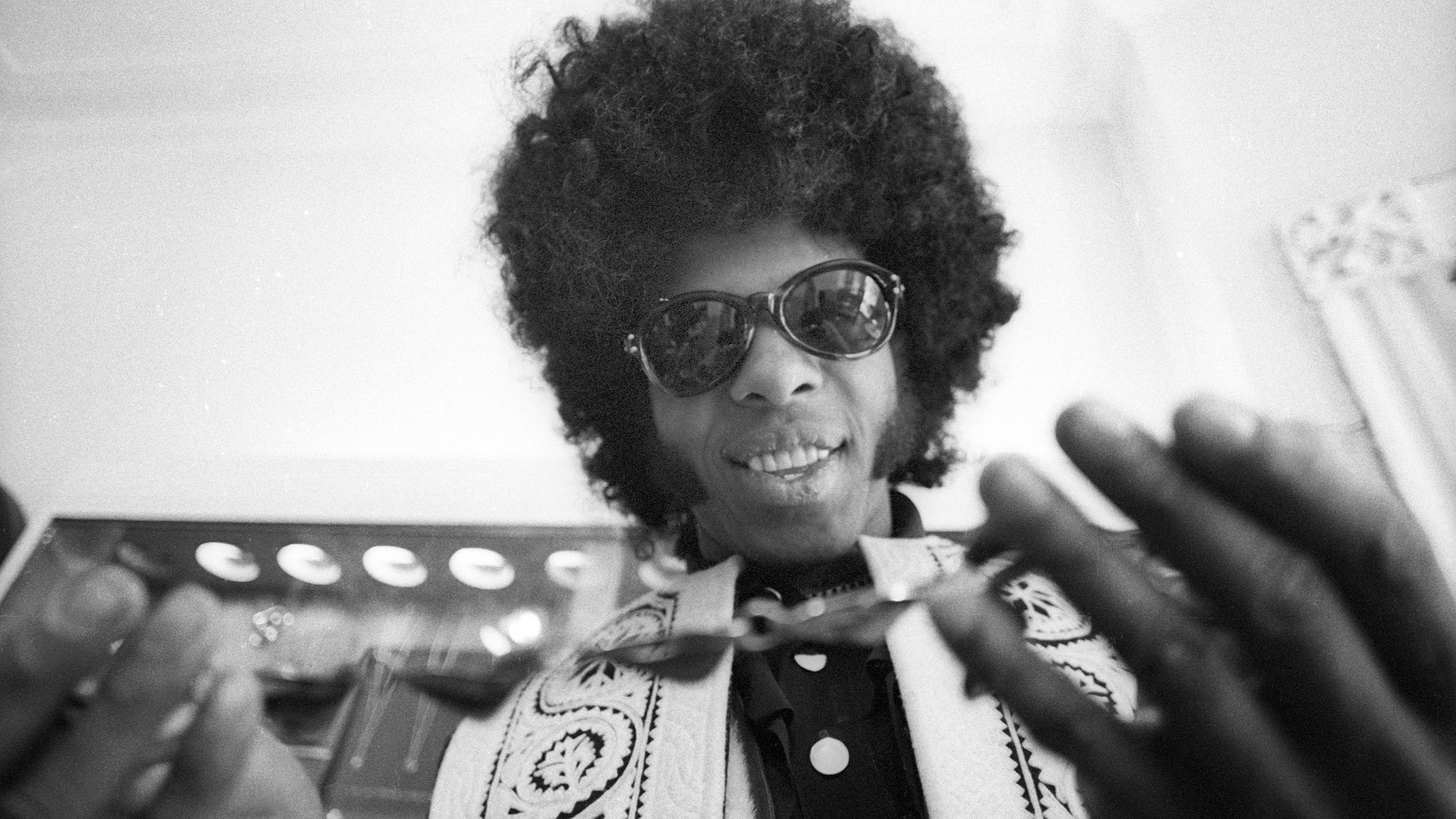 Sly Stone: The funk-rock visionary who became an addict and recluse
Sly Stone: The funk-rock visionary who became an addict and recluseFeature Stone, an eccentric whose songs of uplift were tempered by darker themes of struggle and disillusionment, had a fall as steep as his rise